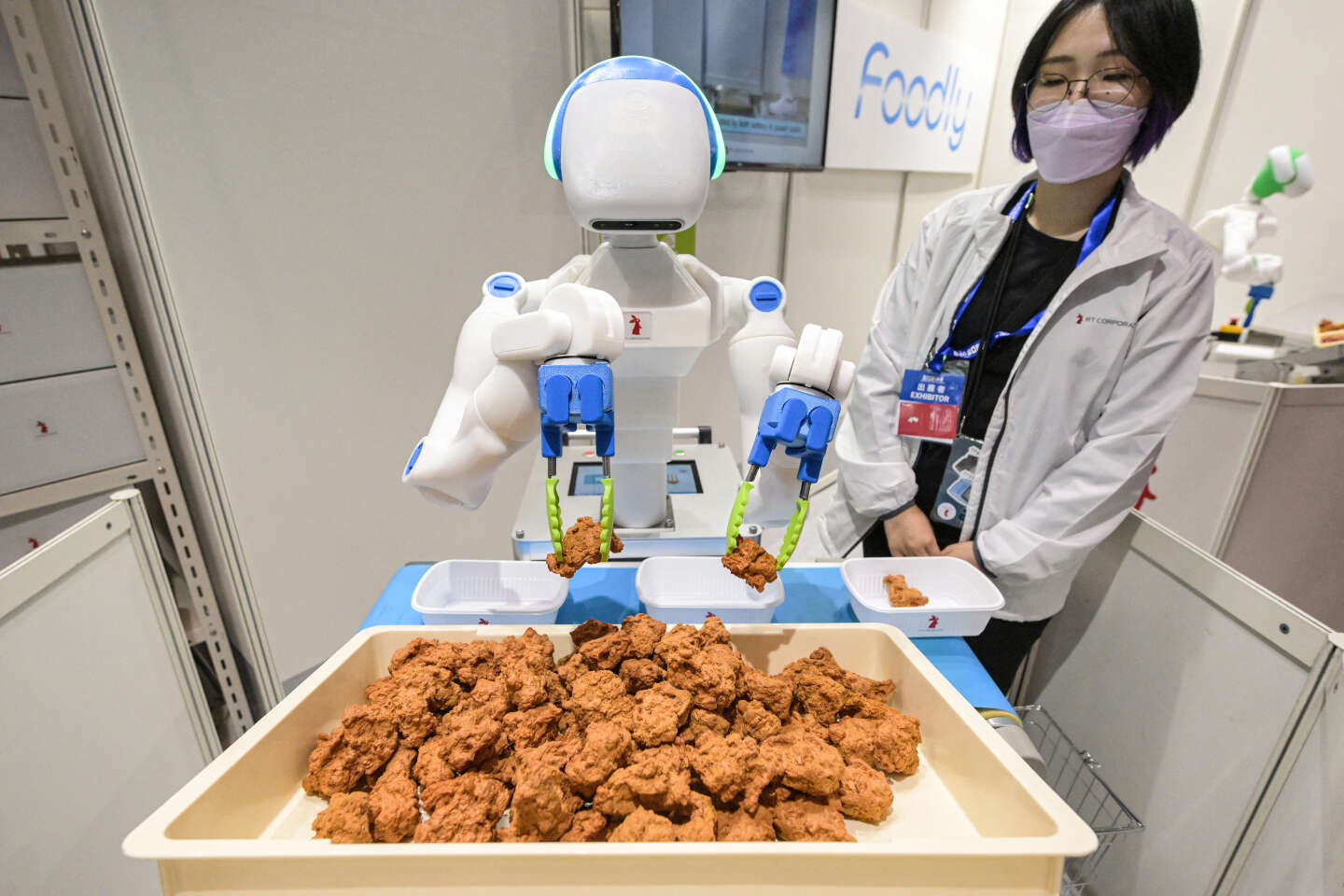


Healthcare, distribution, hospitality, agriculture: in Japan, no economic sector is spared by an increasingly blatant labor shortage. The problem is so acute that it sometimes has tragic consequences. How can the Noto peninsula, where the January 1 earthquake destroyed more than 60,600 houses and buildings, be rebuilt quickly when the number of construction workers has fallen by 30% compared to the 1997 high? And at what cost? The cost of the Osaka World Expo in 2025 has already doubled due to inflation in raw material prices and a shortage of manpower.
The situation is likely to get even worse: according to the independent research institute Recruit Works, the world's fourth-largest economy – which today has a population of 123.3 million – could be lacking 11 million workers by 2040. The causes are an aging population and low fertility. In 2023, the number of deaths (1,590,503) was twice as high as the number of births (758,631), which fell by 5.1%, according to government data.
For a number of years, companies have been trying to adapt to this new situation by expanding their recruitment base, notably by hiring more women, but also the elderly, who are authorized to work until the age of 70 or more. Authorities are even considering raising the retirement age for cab drivers from 75 to 80. Traditionally reticent in this area, the country has also relaxed its immigration policy. More than two million foreigners work in Japan – twice as many as 20 years ago.
As this is not sufficient, the archipelago is also turning increasingly to new technologies. In 2017, the government launched a major plan called "Society 5.0," meant to profoundly transform the economy. Its ambition is to create a "human-centered society reconciling economic progress and the resolution of social problems by integrating cyberspace and the real world." Businesses are following suit: investment in digital technology rose by 23% in 2023, according to a survey by the Nihon Keizai (Nikkei) business daily, published in December. In all, a record 40.9% of companies surveyed are banking on "digital transformation."
'Increase productivity'
Retail is one of the most active sectors. 7-11, number one in convenience stores, will open its first fully automated outlets in April. The company also wants to extend this model to stores whose cafeterias are closing due to lack of staff.
The chain's competitor, FamilyMart, may do likewise. It has also equipped 300 of its stores with cleaning robots. "We are working hard to adapt the robots to our environment, so that we can run the stores with a reduced number of employees," said Tsuneo Murai, FamilyMart's general manager.
You have 30.52% of this article left to read. The rest is for subscribers only.
